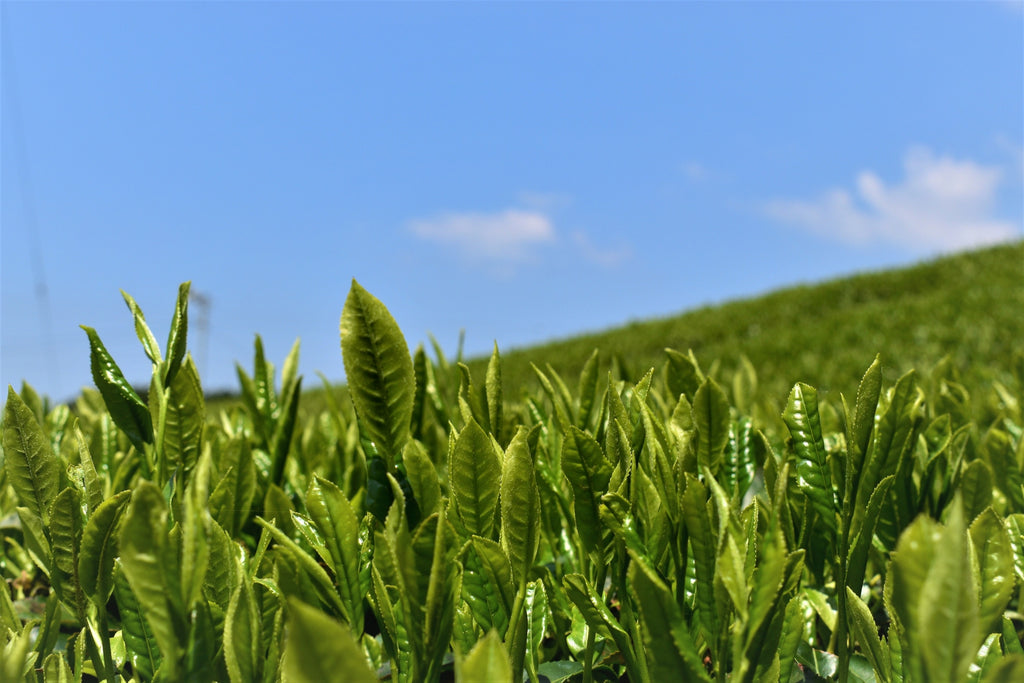Bancha is another type of green tea found in Japan. Bancha is harvested from the same plant as sencha, but it is harvested between summer and autumn, whereas sencha is harvested between spring (the first cultivation or “first flush”) and early summer. Bancha is thought to be the lower grade of green tea, but it is still delicious in its own way. The flavor of bancha is very different from other forms of green tea, as it has a strong straw smell. This gives the tea more earthy tones.
Cultivation
The cultivation process of bancha is exactly the same as sencha, the only difference being that the cultivation of bancha is the leftover leaves from the first cultivation of sencha. To read about the cultivation process more in depth, please check the article on sencha. Bancha is made from the lower shoots from the tea plant, as the leaves from this area are larger and courser, making the tea technically a lower grade. Bancha leaves are cultivated from the second cultivation time, and are continually harvested through the year. There are up to four cultivation times for each tea plant.
Bancha VS. Sencha
Other than the cultivation differences mentioned above, there are a couple of other differences between bancha and sencha. The flavor of bancha is usually stronger. The price is also cheaper. Bancha, which is made from the grown tea leaves, has a higher tannin content than sencha, and conversely has fewer umami components such as amino acids and bitter components caffeine. So refreshing taste can be enjoyed.
How to Brew
Bancha is relatively easier to brew than teas such as sencha or gyokuro. You don’t have to check how hot the water is when you brew bancha. When making bancha, it is better to use a larger pot and to use a thick and large teacup.

